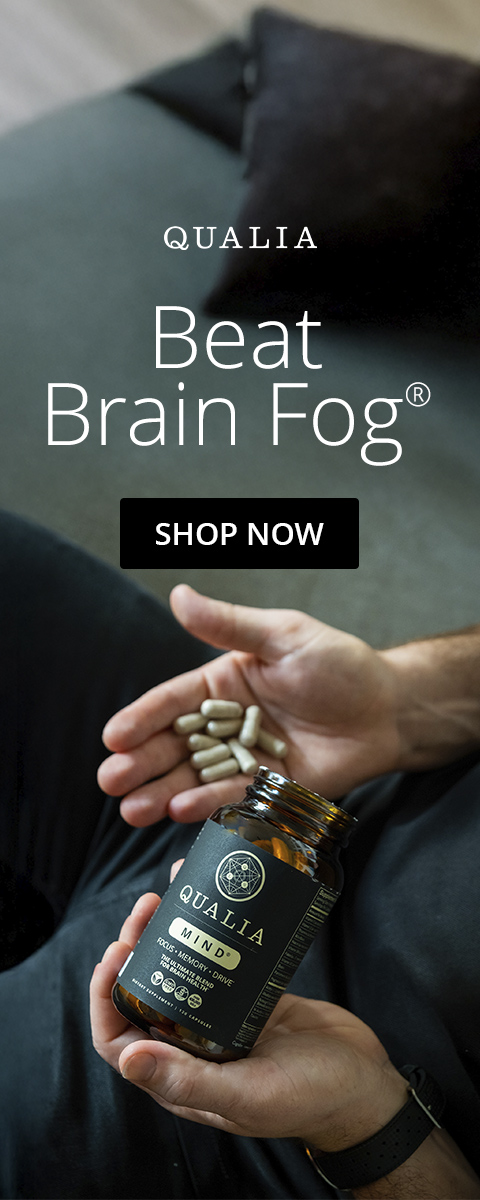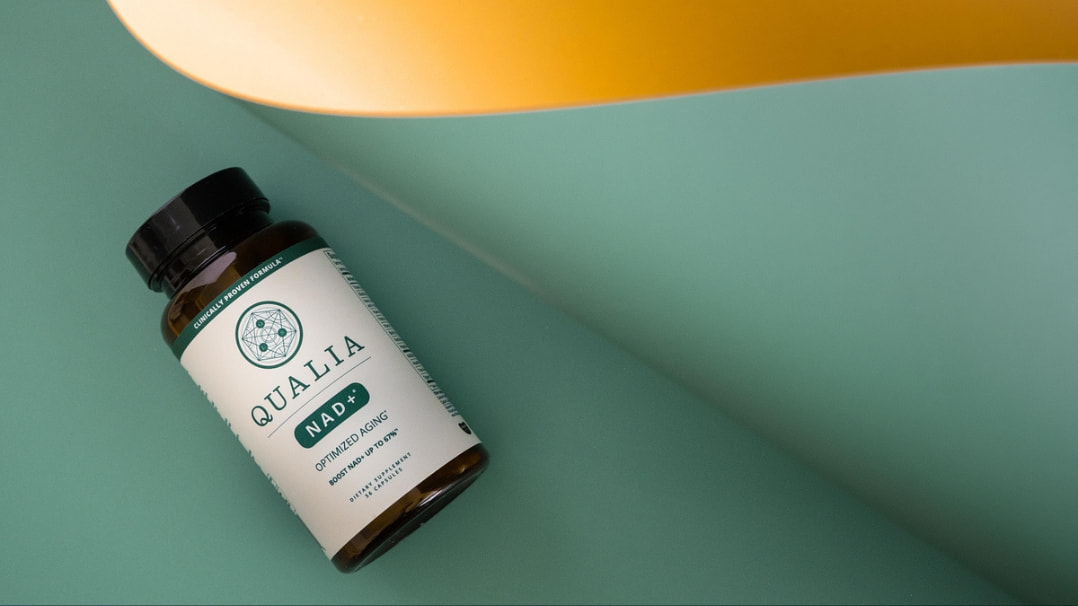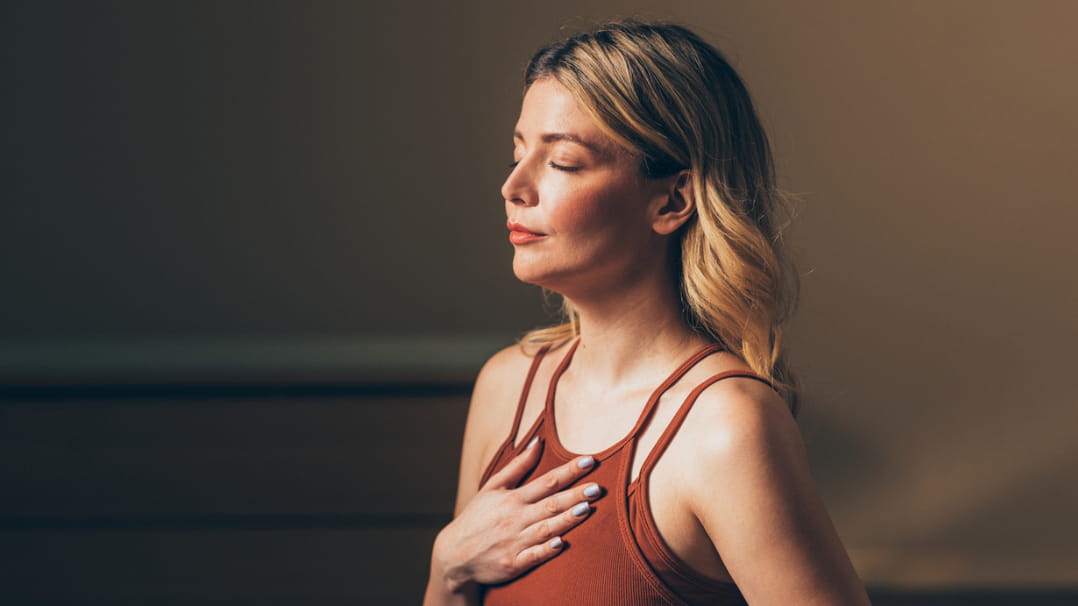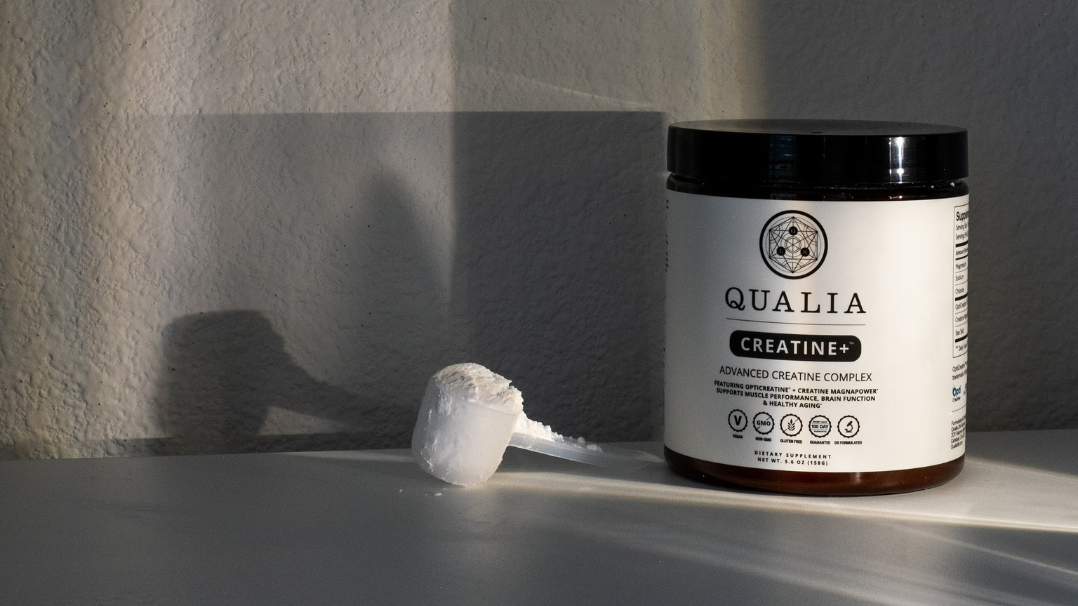You’ve probably heard that bright light at night can make it harder to fall asleep. But how does morning light exposure affect how you sleep at night? Check out this 2023 study showing how light exposure throughout the day influenced sleep timing and sleepiness while awake.
Key Takeaways
- Sleep timing is influenced by patterns of light exposure
- Exposure to morning light leads to earlier sleep timing
- Pre-bedtime light exposure delays sleep onset
- Light exposure in the morning reduced daytime sleepiness
How Light Exposure During the Day Affects Sleep Timing and Daytime Sleepiness
All living organisms are deeply influenced by the light-dark cycle of our planet. Many behaviors and physiological processes follow day-night cycles known as circadian rhythms. Sleep is the most obvious example.
Light is the primary synchronizer of our daily rhythms to the environmental day-night cycle and therefore has a direct impact on sleep [1–3]. Light influences the production of melatonin, a hormone secreted by the pineal gland in the brain that signals nighttime to the whole body and promotes sleep [4]. Light blocks melatonin production during the day, while nighttime darkness enhances its production [5].
Artificial light has radically changed our cycles of light and darkness. Nocturnal exposure to artificial light can have a similar effect to diurnal exposure to natural light: it can block melatonin synthesis and affect sleep. Likewise, insufficient exposure to light during the daytime may fail to adequately block melatonin (so daytime melatonin stays too high), promote daytime sleepiness, and disrupt nighttime sleep.
Insufficient exposure to light during the day may fail to adequately block melatonin, disrupting nighttime sleep.
Therefore, it’s important to determine the extent to which inadequate daytime light exposure impacts sleep in humans and to devise strategies to counter that impact. Several studies have shown that light exposure during the day affects sleep and alertness [1,6–8]. However, most studies have been carried out in settings with controlled light exposure that don’t necessarily reproduce the experiences of most people.
Research Shows Daytime Light Exposure Affects Sleep
Aiming to study the influence of light on sleep in a more naturalistic setting, a recent study set out to measure light exposure during everyday life and how it affects sleep timing and daytime sleepiness.
To do so, the authors enrolled a group of individuals with diverse jobs, health, and sleep traits. During the study period, participants were asked to go about their lives while wearing a light monitoring device as a wristband while awake, and placing it at the bedside during sleep and rest. Participants were also asked to complete an online sleep and work diary once a day and report their subjective sleepiness multiple times throughout the day. Surveys were completed on their smartphone device to minimize changes to participants’ routines. This approach allowed the authors to capture full-day information on light exposure under real-world conditions.
The study found that it was common for daytime light levels to fall far below the adequate minimum daytime light exposure, especially on workdays. This indicated that indoor workplace environments may frequently be too dim. The exposure to light in the evening and at night deviated more substantially from recommended exposures, with excessive light exposure often observed in the pre-sleep and sleep periods.
These findings indicated that, even in people working regular day shift hours, insufficient daytime light exposure and excessive nighttime light exposure are common. These patterns are potential causes of circadian and sleep disruptions [3,9] and may influence several aspects of physical and mental health known to be associated with sleep quality and quantity [10–12].
The study also found that high-intensity daytime light and low-intensity nighttime light were associated with earlier sleep times. This finding is consistent with the ability of bright morning light and dim evening light to promote earlier sleep timing [3,13].
Higher light exposure in the last 30 min before bedtime was associated with a longer time to fall asleep after going to bed.
The study also found that higher light exposure in the last 30 min before bedtime was associated with a longer time to fall asleep after going to bed. This finding is in line with the known ability of nighttime light exposure to delay sleep timing, which also impairs sleep efficiency and structure [2,14,15]. On the bright side, morning sleepiness (sleep inertia) was reduced with increased light exposure during the day. This finding is in line with studies showing that morning light increases alertness [16].
This research reinforces the growing awareness of the impact of modern lifestyles on sleep habits, particularly how insufficient daytime light exposure in work settings and excessive light exposure at night have become prevalent and are disrupting our sleep patterns.
Insufficient daytime light exposure in work settings and excessive light exposure at night are disrupting our sleep patterns.
To get better sleep, try to get as much bright light as you can in the morning, reduce ambient light at night, and put away light-emitting devices before bedtime. An additional strategy used by many biohackers is to wear blue light-blocking glasses at night. We are big fans of Ra Optics. Use code neurohacker at checkout for 10% off.
You can also support sleep quality with Qualia Night, a dietary supplement designed to support nightly relaxation, healthy sleep, and help you wake up feeling refreshed and ready for a new day. Qualia Night provides 25 carefully selected ingredients, including Rasayana rejuvenators, herbal adaptogens, restorative nootropic ingredients, superfoods, and cellular antioxidants, combined to support healthy sleep quality. Qualia Night is a complete solution for sound, refreshing sleep, stress support, enhanced next-day performance, and long-term brain health.*
Referenced study:
Didikoglu A, et al. Associations between light exposure and sleep timing and sleepiness while awake in a sample of UK adults in everyday life. Proc Natl Acad Sci USA 2023, 120(42): e2301608120. doi:10.1073/pnas.2301608120
References
[1]J. Phipps-Nelson, J.R. Redman, D.-J. Dijk, S.M.W. Rajaratnam, Sleep 26 (2003) 695–700.
[2]C. Cajochen, O. Stefani, I. Schöllhorn, D. Lang, S.L. Chellappa, Light. Res. Technol. 54 (2022) 609–624.
[3]K.P. Wright Jr, A.W. McHill, B.R. Birks, B.R. Griffin, T. Rusterholz, E.D. Chinoy, Curr. Biol. 23 (2013) 1554–1558.
[4]P. Pévet, B. Bothorel, H. Slotten, M. Saboureau, Cell Tissue Res. 309 (2002) 183–191.
[5]J. Arendt, Chronobiol. Int. 23 (2006) 21–37.
[6]C. Cajochen, J.M. Zeitzer, C.A. Czeisler, D.J. Dijk, Behav. Brain Res. 115 (2000) 75–83.
[7]N. Santhi, J.A. Groeger, S.N. Archer, M. Gimenez, L.J.M. Schlangen, D.-J. Dijk, PLoS One 8 (2013) e79688.
[8]S.B.S. Khalsa, M.E. Jewett, C. Cajochen, C.A. Czeisler, J. Physiol. 549 (2003) 945–952.
[9]T.M. Brown, G.C. Brainard, C. Cajochen, C.A. Czeisler, J.P. Hanifin, S.W. Lockley, R.J. Lucas, M. Münch, J.B. O’Hagan, S.N. Peirson, L.L.A. Price, T. Roenneberg, L.J.M. Schlangen, D.J. Skene, M. Spitschan, C. Vetter, P.C. Zee, K.P. Wright Jr, PLoS Biol. 20 (2022) e3001571.
[10]I.C. Mason, D. Grimaldi, K.J. Reid, C.D. Warlick, R.G. Malkani, S.M. Abbott, P.C. Zee, Proc. Natl. Acad. Sci. U. S. A. 119 (2022) e2113290119.
[11]A.C. Burns, D.P. Windred, M.K. Rutter, P. Olivier, C. Vetter, R. Saxena, J.M. Lane, A.J.K. Phillips, S.W. Cain, bioRxiv (2022).
[12]S. Ganesan, M. Magee, J.E. Stone, M.D. Mulhall, A. Collins, M.E. Howard, S.W. Lockley, S.M.W. Rajaratnam, T.L. Sletten, Sci. Rep. 9 (2019) 4635.
[13]D.S. Minors, J.M. Waterhouse, A. Wirz-Justice, Neurosci. Lett. 133 (1991) 36–40.
[14]J.M. Zeitzer, D.J. Dijk, R. Kronauer, E. Brown, C. Czeisler, J. Physiol. 526 Pt 3 (2000) 695–702.
[15]S.W. Cain, E.M. McGlashan, P. Vidafar, J. Mustafovska, S.P.N. Curran, X. Wang, A. Mohamed, V. Kalavally, A.J.K. Phillips, Sci. Rep. 10 (2020) 19110.
[16]M.G. Figueiro, B. Steverson, J. Heerwagen, R. Yucel, C. Roohan, L. Sahin, K. Kampschroer, M.S. Rea, Light. Res. Technol. 52 (2020) 736–750.








No Comments Yet
Sign in or Register to Comment